
Ingredient
Wheat wholemeal flour
Nutrient-Rich Whole Grain Flour
Wheat wholemeal flour is a coarse-textured flour with a slightly nutty flavor and a light brown color. It retains the natural goodness of the wheat kernel, making it a healthier alternative to refined white flour. It adds a hearty and robust flavor to baked goods, making them more filling and satisfying.
Origins and history
Wheat has been cultivated for thousands of years, and wholemeal flour has been a staple in many traditional diets. It has been used in various cuisines around the world, including European, Middle Eastern, and Indian cuisines. Wheat wholemeal flour is often associated with rustic and wholesome baking, and it continues to be a popular choice for those seeking healthier alternatives to refined flours.
Nutritional information
Wheat wholemeal flour is a good source of dietary fiber, protein, and essential nutrients such as iron, magnesium, and B vitamins. It provides a slower release of energy compared to refined flours, making it a better choice for maintaining stable blood sugar levels. However, it is important to note that wheat wholemeal flour contains gluten, which can cause adverse reactions in individuals with gluten intolerance or celiac disease.
Allergens
Wheat wholemeal flour contains gluten, which is a known allergen for some individuals. It is important to check the packaging for any potential cross-contamination with other allergens and to consult with a healthcare professional if you have any known allergies or dietary restrictions.
How to select
When selecting wheat wholemeal flour, look for brands that offer high-quality products. Opt for organic or locally sourced flour whenever possible, as these tend to have a higher nutritional value. Check the packaging for the milling date to ensure freshness, and store the flour in an airtight container in a cool, dry place to maintain its quality.
Storage recommendations
To maintain the freshness and quality of wheat wholemeal flour, store it in an airtight container in a cool, dry place. Avoid exposure to moisture, as it can cause the flour to spoil or develop mold. Use the flour within 6-8 months for optimal taste and texture.
How to produce
To produce wheat wholemeal flour, start by grinding whole wheat berries in a grain mill or a high-powered blender. Sieve the flour to remove any large particles, and store it in an airtight container. Alternatively, you can purchase wheat wholemeal flour from a grocery store or supermarket.
Preparation tips
Wheat wholemeal flour can be used in a variety of baked goods, including bread, muffins, cookies, and pancakes. It adds a nutty flavor and a hearty texture to these dishes, making them more filling and nutritious. Experiment with different ratios of wholemeal flour to refined flour to find the perfect balance of flavor and texture.
Culinary uses
Wheat wholemeal flour is commonly used in European and Middle Eastern cuisines. It is a key ingredient in traditional bread recipes, such as wholemeal bread, baguettes, and pita bread. It is also used in Indian cuisine for making chapatis and rotis. Wheat wholemeal flour is widely available in grocery stores and supermarkets around the world.
More ingredients from this category
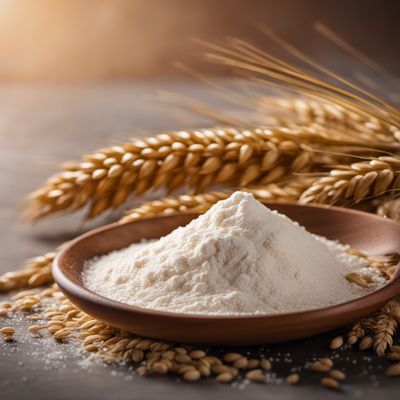
Wheat flour, durum
Versatile Grain Powerhouse

Chapatti flour
The Versatile Flour for Perfect Indian Flatbreads

Graham flour
The Wholesome Wonder: Unveiling the Secrets of Graham Flour
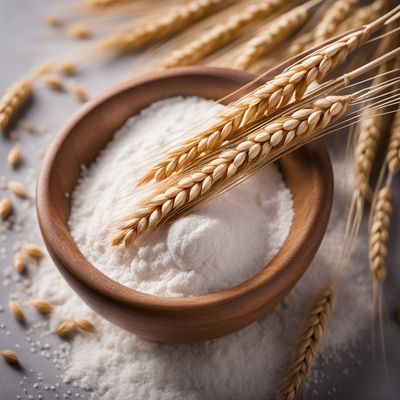
Wheat flour white
The Versatile Flour: Unleashing the Power of White Wheat Flour

Wheat flour, brown
The Nutrient-Rich Powerhouse: Unveiling the Secrets of Brown Wheat Flour
Recipes using Wheat wholemeal flour » Browse all

Spinach Pancakes
Savory Green Delight: Spinach Pancakes with a Twist

Authentic Thalipeeth Recipe
Savory Multigrain Pancakes: A Flavorful Delight from India
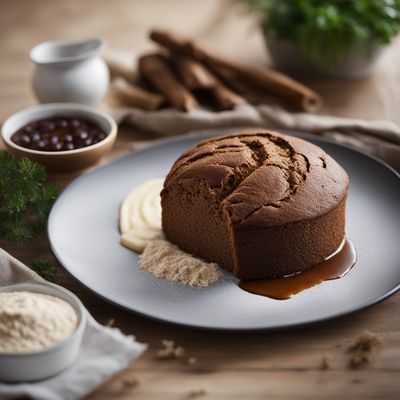
Traditional Icelandic Rye Bread
Nordic Delight: Authentic Icelandic Rye Bread

Homemade Whole Wheat Phulka
Fluffy Whole Wheat Indian Bread: A Staple of Indian Cuisine
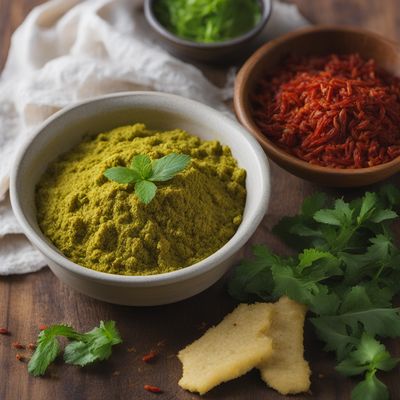
Christmas Island Spiced Muthia
Festive Island Delight: Christmas Island Spiced Muthia

Bhutanese-inspired Whole Wheat Naan
Himalayan Whole Wheat Naan: A Bhutanese Twist on Indian Delicacy

Greek Olive Bread
Mediterranean Delight: Greek Olive Bread

Greek Honey Sesame Cookies
Golden Delights: Greek Honey Sesame Cookies
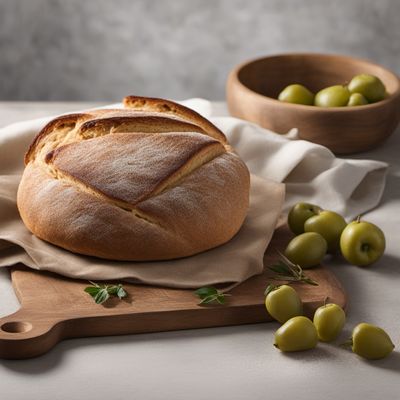
Pane del Pastore - Italian Shepherd's Bread
Rustic Delight: A Flavorful Journey with Pane del Pastore

Rocky Mountain Berry Delight
Mountain Berry Bliss: A Sweet Pie with a Rocky Twist

Balep - Spiced Indian Flatbread
Flavorful Spice Journey: Balep - Aromatic Indian Flatbread

Taoist Diet Croissant
Enlightened Flaky Delight: Taoist Diet Croissant